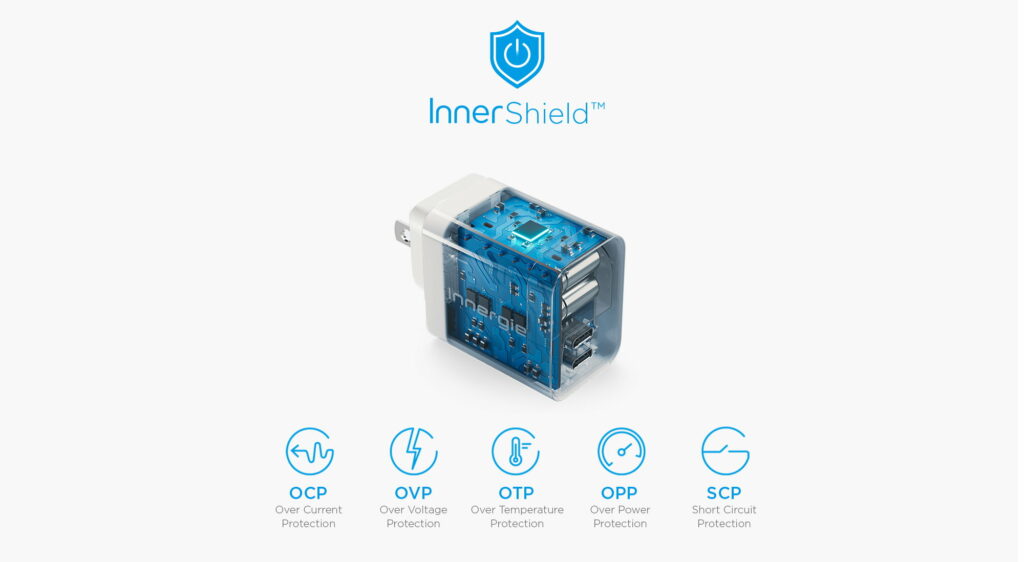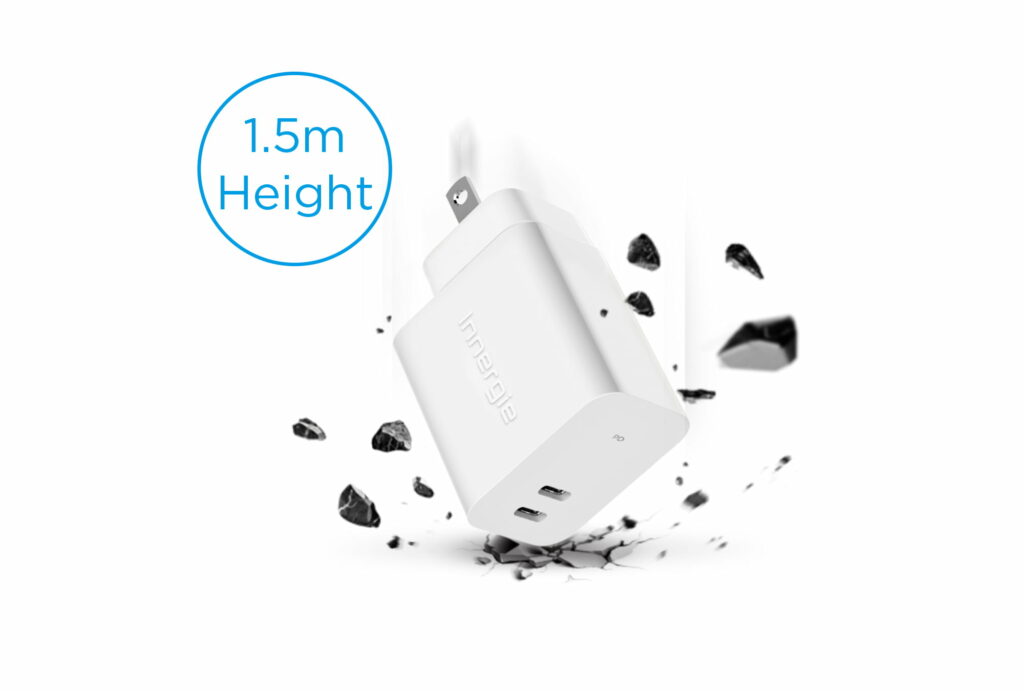

The market is flooded with a wide array of charger styles. Have you ever wondered why some chargers are starting at just ten dollars, while others fetch prices in the hundred? The old adage “you get what you pay for” rings true here, and unfortunately, some manufacturers prioritize profits over quality, resorting to cost-cutting measures. The price of a charger should indeed reflect its quality, and four key factors significantly influence its price: production and quality control, materials used, product design, and protection mechanisms.
Production and Quality Control
Surprisingly, a seemingly small charger consists of over 300 parts, and any mistakes during production or with part quality can lead to unstable power supply. All Innergie products, manufactured on Delta’s production line, boast a high degree of automation in the assembly process, ensuring a high yield rate of quality products entering the market.
Materials

Moreover, good product design and robust protection mechanisms are crucial for user safety:
Product Design
Protection Mechanisms
The presence of a protection mechanism significantly impacts the charger’s price. Some low-priced chargers may lack such mechanisms, posing potential safety hazards. In contrast, high-quality chargers feature multiple protection mechanisms.
Innergie’s full range of chargers not only complies with national safety regulations but also surpasses more stringent standards with 600 hours of Delta internal testing. It incorporates the unique InnerShield™ five safety mechanisms, including over-voltage protection, over-current protection, and overheating protection, ensuring the safety of both the charging device and the user.

In conclusion, the market’s charger price disparities primarily stem from the materials used and the presence of protection mechanisms. For long-term usage, it is advisable not to compromise safety and quality for the sake of saving a little money. Opt for internationally certified brands with impeccable protection mechanisms to ensure safe and efficient charging.
Innergie chargers originate from Delta Electronics’ over 50 years of professional power supply manufacturing expertise, and all products come with a 3-year warranty and multinational safety certificates, guaranteeing both your charging devices and electrical safety.
Innergie holds certification from numerous international safety standards, and all Innergie products are crafted from durable PC material.

Furthermore, each product undergoes a rigorous 1.5-meter high impact and drop test.

We proudly recommend the following high-quality chargers for you:
Innergie – One For All Power Adapter
C3 Duo – 30W Dual USB-C Power Adapter
45H – 45W USB+USBA Power Adapter
| Cookie | Duration | Description |
|---|---|---|
| cookielawinfo-checkbox-analytics | 11 months | This cookie is set by GDPR Cookie Consent plugin. The cookie is used to store the user consent for the cookies in the category "Analytics". |
| cookielawinfo-checkbox-functional | 11 months | The cookie is set by GDPR cookie consent to record the user consent for the cookies in the category "Functional". |
| cookielawinfo-checkbox-necessary | 11 months | This cookie is set by GDPR Cookie Consent plugin. The cookies is used to store the user consent for the cookies in the category "Necessary". |
| cookielawinfo-checkbox-others | 11 months | This cookie is set by GDPR Cookie Consent plugin. The cookie is used to store the user consent for the cookies in the category "Other. |
| cookielawinfo-checkbox-performance | 11 months | This cookie is set by GDPR Cookie Consent plugin. The cookie is used to store the user consent for the cookies in the category "Performance". |
| viewed_cookie_policy | 11 months | The cookie is set by the GDPR Cookie Consent plugin and is used to store whether or not user has consented to the use of cookies. It does not store any personal data. |